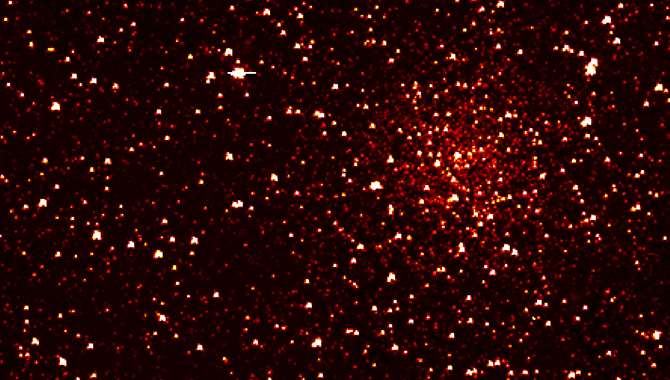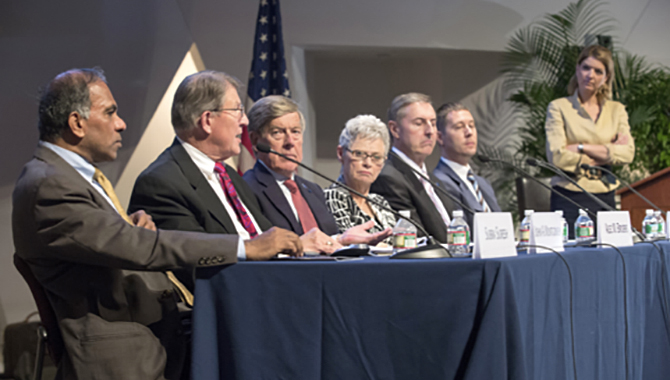
A cluster of stars in the Milky Way galaxy captured by the Kepler Telescope. Some of the stars in the image are 800 billion years old and 13,000 light years away from Earth.
Photo Credit: NASA / Ames / JPL-Caltech
A new book from the National Academy of Engineering celebrates 50 years of innovation by engineers from a range of disciplines, including aerospace and systems engineering.
Marking the 50th anniversary of the National Academy of Engineering (NAE), Making a World of Difference: Engineering Ideas into Reality looks at the ways in which engineering has enhanced lives and advanced society over the past 50 years. Starting in 1964, when the NAE was formed, the book examines the impact of engineering at four points in time. It begins as the advent of smaller, faster, cheaper technology in the 1960s started to transform computers, an advance that enabled accomplishments across a spectrum of industries. It continues 25 years later, in 1989, as globalization emerged in force, facilitated by the expansion of the internet. The book then focuses on the present, noting the engineering feats that have led to “a healthier, cleaner, more connected world.” Finally, it looks toward the future, suggesting solutions engineering will likely offer humankind over the next 50 years.
At each point in time, the book examines the role of engineering in advancing key areas such as technology, communication, medicine, and environmental protection. Space exploration also looms large, and the achievements of NASA engineers are celebrated. In discussing the accomplishments of the Apollo Program, the book states: “Designing the spacecraft and methods of propulsion, communication, and life support needed to achieve this audacious goal ranks as one of the great systems engineering achievements of all time.”
Making a World of Difference: Engineering Ideas into Reality also highlights the challenges and successes of the Space Shuttle Program and the International Space Station (ISS). The capacity to conduct experiments on orbit—first on the shuttle, now on the ISS—and the impact that findings from that research have had on Earth are noted, as is the extraordinary nature of these accomplishments. “In the course of the 135 missions, two shuttles were lost, indicating what a daunting systems engineering challenge going into space was and still is.”
Human space exploration is not the only NASA contribution examined in the book. The important roles played by the Hubble Space Telescope, launched in 1990, and the Kepler Space Telescope, deployed 19 years later, are also discussed. Both telescopes have detected planets that orbit distant stars, extending hope of discovering Earth-like environments in other solar systems.
Looking to the future, the publication suggests that over the next 50 years new propulsion systems, smaller spacecraft, and other engineering advances will transform space exploration and extend humanity’s reach farther beyond Earth. According to David Messerschmitt, Roger Strauch Professor Emeritus of Electrical Engineering and Computer Science at the University of California, Berkley, “…[T]he new frontier for the 21st century will be interstellar space in our region of the Milky Way galaxy.”
By examining critical advances across multiple fields, Making a World of Difference: Engineering Ideas into Reality makes clear the ways in which engineers of all disciplines—whether they’re responsible for a single task or an entire system—have improved life on Earth over the past 50 years, and will continue to do so going forward.
Learn more about Making a World of Difference: Engineering Ideas into Reality.









